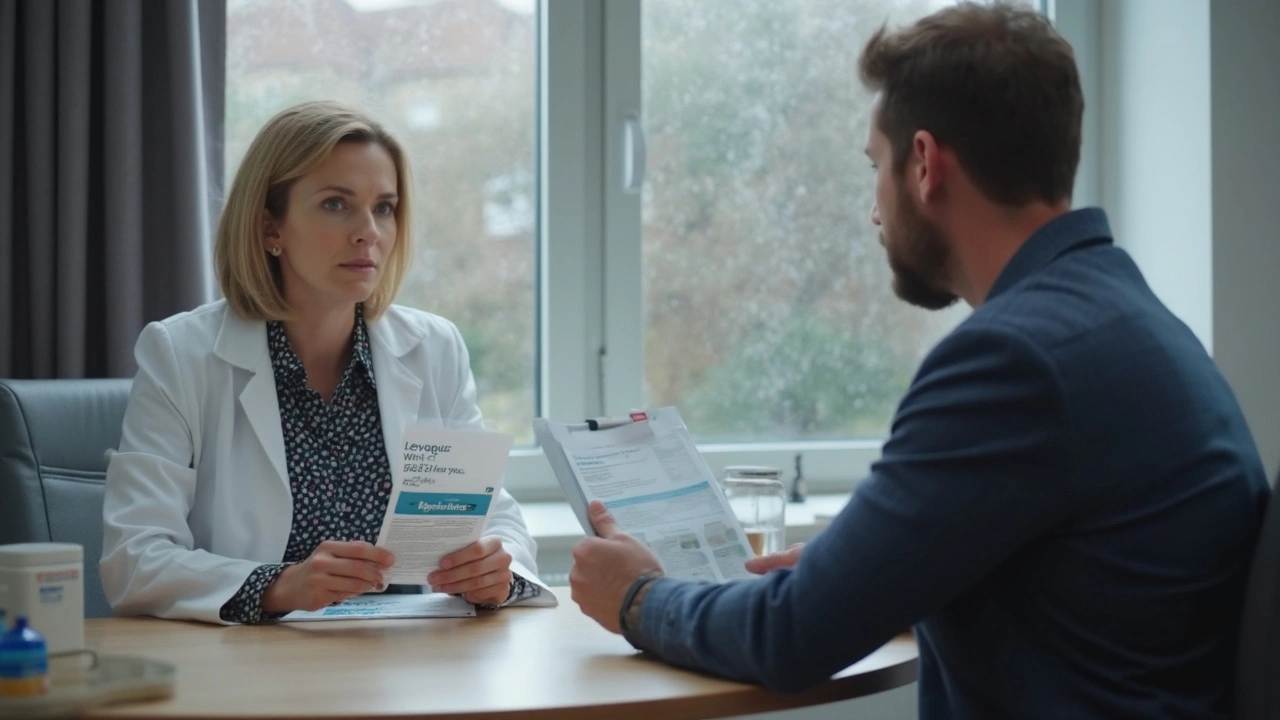Fluoroquinolones: What You Need to Know
Fluoroquinolones are a class of broad‑spectrum antibiotics used to treat many bacterial infections. Common drugs include ciprofloxacin, levofloxacin and moxifloxacin. They work by blocking bacterial enzymes that copy DNA, which stops bacteria from growing. Doctors like them because they’re effective and easy to take, but they come with specific risks you should know.
When doctors prescribe them
Doctors use fluoroquinolones for urinary tract infections, certain lung infections, prostatitis, and some gastrointestinal infections. They’re often chosen when first‑line antibiotics don’t work or when an infection is caused by bacteria resistant to other drugs. Treatment length varies: a simple UTI might need three days, while a severe lung infection could need ten to fourteen days. Always follow your provider’s dose and finish the full course, even if you feel better.
Risks and precautions
Fluoroquinolones can cause side effects that range from mild to serious. Common side effects include nausea, diarrhea and dizziness. More serious but less frequent risks are tendon pain or rupture, peripheral neuropathy (nerve damage), and changes in mood or sleep. They can also prolong the QT interval, increasing the risk of heart rhythm problems in some people. Avoid using them if you have a history of tendon disorders, certain heart rhythm issues or low potassium. Older adults and people on corticosteroids face a higher tendon rupture risk.
These antibiotics interact with common medicines and supplements. Antacids, calcium, iron or zinc supplements can reduce absorption — separate doses by at least two hours. Blood thinners like warfarin may need closer monitoring. Avoid sun exposure or use sunscreen — some people get photosensitivity. If you have severe kidney disease your dose may need adjustment. Do not take fluoroquinolones during pregnancy unless no safer option exists, and they are generally avoided in children unless benefits outweigh risks.
Overuse of fluoroquinolones fuels resistance. Don’t ask for them for viral illnesses like colds or flu. If a culture or test shows a different antibiotic works, your doctor may switch you. For many common infections there are safer alternatives with fewer long‑term risks.
If you get sudden joint or tendon pain, numbness or tingling, severe diarrhea, seizures, or signs of allergic reaction, stop the drug and contact a doctor right away. Tendon problems can start during treatment or months after stopping the drug.
Typical adult doses vary: ciprofloxacin often ranges from 250 mg twice daily to 750 mg once daily depending on infection; levofloxacin commonly is 500 mg once daily for many respiratory infections. Your doctor will adjust dose for kidney problems. If you notice mood changes, new severe headache, or vision problems, report them — these can signal serious side effects. Store tablets in a dry place out of reach of children. Dispose of unused medicine at a pharmacy take‑back or follow local disposal guidance instead of tossing it in the trash. Ask questions.
Fluoroquinolones are powerful antibiotics with clear uses and real risks. Use them wisely, follow dosing instructions, and talk to your healthcare provider about safer options when available.





